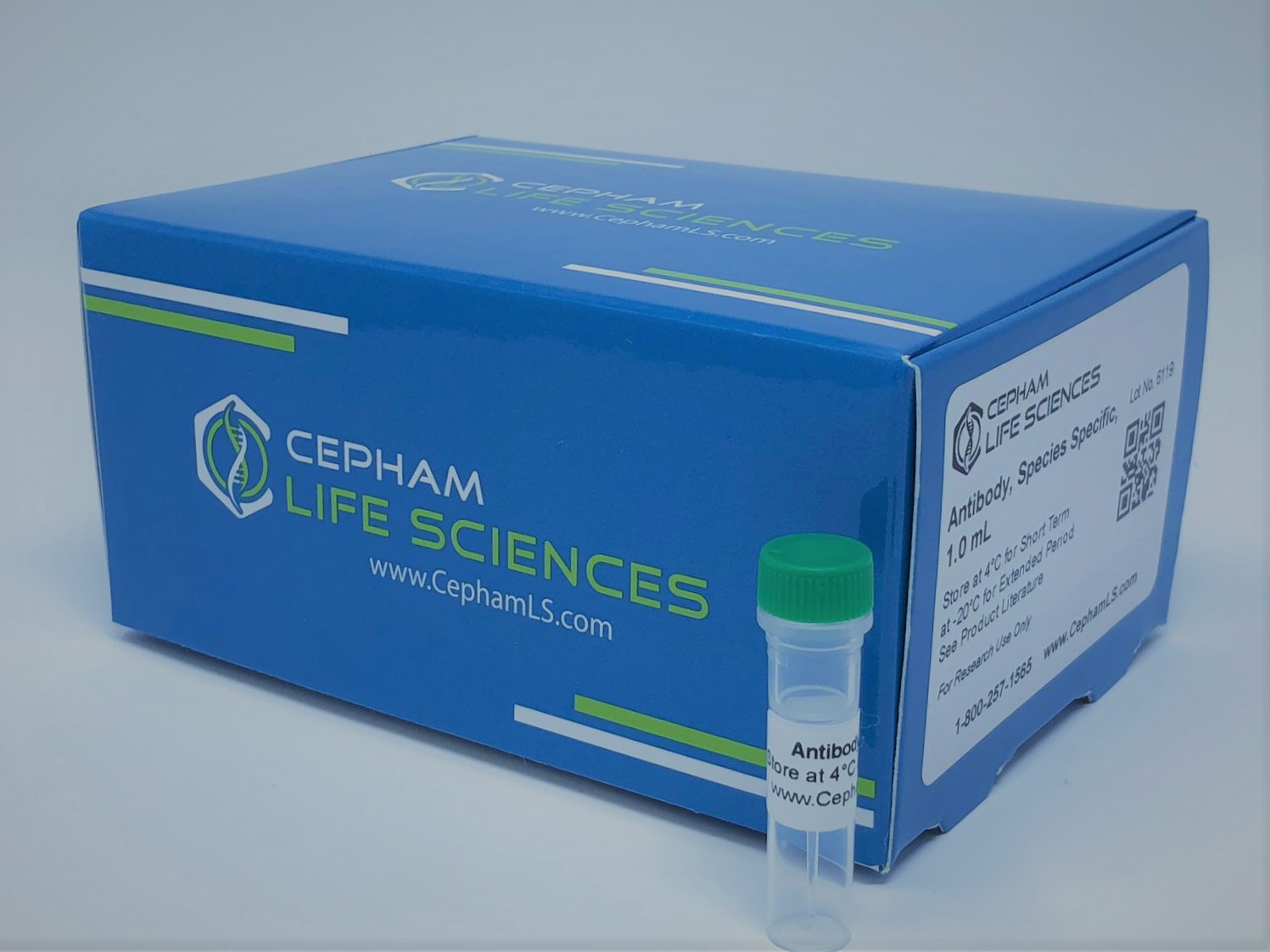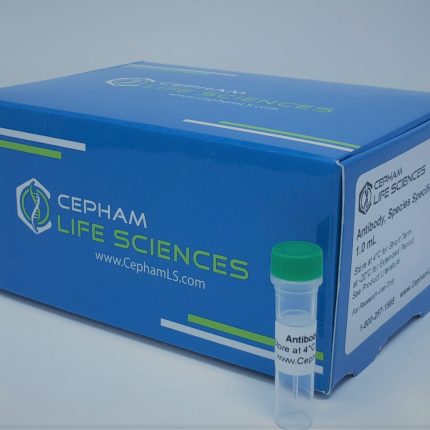Aliases
DNA-directed RNA polymerase III largest subunit, DNA-directed RNA polymerase III subunit A, RNA polymerase III 155 kDa subunit, RNA polymerase III subunit C160, RPC155, POLR3A
Antibody Type
Polyclonal Antibody
Species
Human
Uniprot ID
O14802
Immunogen
Recombinant human DNA-directed RNA polymerase III subunit RPC1 protein (392-632AA)
Raised In
Rabbit
Species Reactivity
Human
Tested Applications
ELISA;Not yet tested in other applications.
Background / Function
DNA-dependent RNA polymerase catalyzes the transcription of DNA into RNA using the four ribonucleoside triphosphates as substrates. Largest and catalytic core component of RNA polymerase III which synthesizes small RNAs, such as 5S rRNA and tRNAs. Forms the polymerase active center together with the second largest subunit. A single-stranded DNA template strand of the promoter is positioned within the central active site cleft of Pol III. A bridging helix emanates from RPC1 and crosses the cleft near the catalytic site and is thought to promote translocation of Pol III by acting as a ratchet that moves the RNA-DNA hybrid through the active site by switching from straight to bent conformations at each step of nucleotide addition (By similarity). Plays a key role in sensing and limiting infection by intracellular bacteria and DNA viruses. Acts as nuclear and cytosolic DNA sensor involved in innate immune response. Can sense non-self dsDNA that serves as template for transcription into dsRNA. The non-self RNA polymerase III transcripts, such as Epstein-Barr virus-encoded RNAs (EBERs) induce type I interferon and NF- Kappa-B through the RIG-I pathway.
Isotype
IgG
Conjugate
HRP
Storage Buffer
Preservative: 0.03% Proclin 300
Constituents: 50% Glycerol, 0.01M PBS, PH 7.4
Form
Liquid
Storage
Shipped at 4°C. Upon delivery aliquot and store at -20°C or -80°C. Avoid repeated freeze.
Purity
Caprylic Acid Ammonium Sulfate Precipitation purified
Modification
RNA polymerase III subunit C1
Literature
[1]”Novel compound heterozygous mutations of POLR3A revealed by whole-exome sequencing in a patient with hypomyelination.” Shimojima K., Shimada S., Tamasaki A., Akaboshi S., Komoike Y., Saito A., Furukawa T., Yamamoto T. Brain Dev. 36:315-321(2014). [2]”Mutations in POLR3A and POLR3B are a major cause of hypomyelinating leukodystrophies with or without dental abnormalities and/or hypogonadotropic hypogonadism.” Daoud H., Tetreault M., Gibson W., Guerrero K., Cohen A., Gburek-Augustat J., Synofzik M., Brais B., Stevens C.A., Sanchez-Carpintero R., Goizet C., Naidu S., Vanderver A., Bernard G. J. Med. Genet. 50:194-197(2013). [3]”Mutations in POLR3A and POLR3B encoding RNA Polymerase III subunits cause an autosomal-recessive hypomyelinating leukoencephalopathy.” Saitsu H., Osaka H., Sasaki M., Takanashi J., Hamada K., Yamashita A., Shibayama H., Shiina M., Kondo Y., Nishiyama K., Tsurusaki Y., Miyake N., Doi H., Ogata K., Inoue K., Matsumoto N. Am. J. Hum. Genet. 89:644-651(2011).







